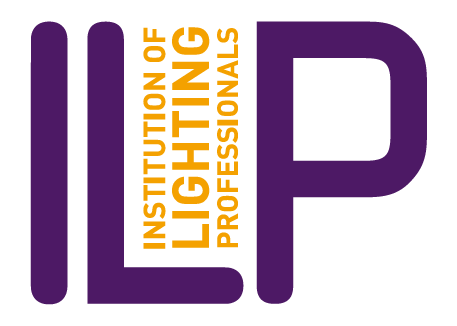The conversation around LED lighting and wildlife is often focused on how to reduce the use and impact of artificial light.
However, research from Australia has highlighted one area where LED lighting ‘in the wild’ could actually be beneficial – in potentially deterring great white shark attacks on surfers.
A study in the journal Current Biology has shown how LED lighting attached to the underside of surfboards disrupts the ability of great whites to see silhouettes against sunlight from above. This, in turn, reduces the rates at which they follow and then potentially attack prey.
The brighter the lights, the more effective the deterrent was, The Guardian newspaper reported.
The study’s lead author, Dr Laura Ryan of Macquarie University in Sydney, said white sharks seemed to rely on the visual cues of a dark object silhouetted against a lighter background.
“If you flip that to a light object on a dark background, then it doesn’t seem to be something they recognise as prey,” she told the newspaper.
The researchers initially found success by covering the underside of the decoy entirely in lights. “But if you’re actually going to come up with something to protect people, [entirely] covering a surfboard … is just not practical because it’s a huge amount of lighting, which needs a huge amount of battery power,” Dr Ryan said.
The researchers then experimented with sparser lighting options, finding that horizontal stripes of LED lights had a similar deterrent effect.
“When you do horizontal stripes, the silhouette [appears] wider than it is long, so it’s less like a seal,” Ryan said.
Longitudinal strips of light were not effective, nor were strobe lights, which gave the sharks momentary glimpses of the decoy silhouette.
“Interestingly, just that small glimpse of the entire silhouette was enough for the white sharks to start biting the decoys,” Ryan said.
The team is currently testing a surfboard prototype with fitted lighting. The scientists say more research is required into shark behaviour with static decoys, which would resemble surfers waiting to catch a wave rather than actively paddling.



